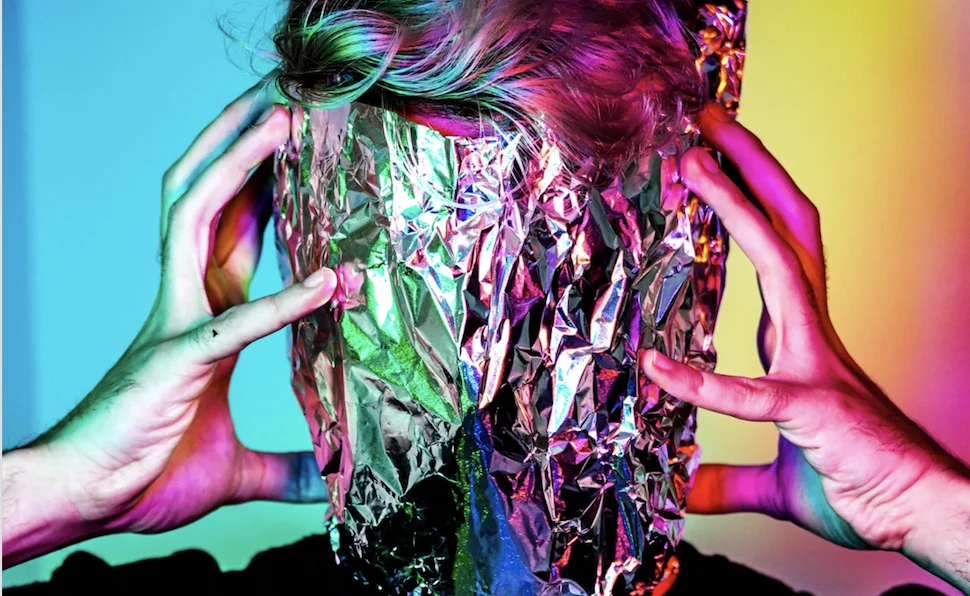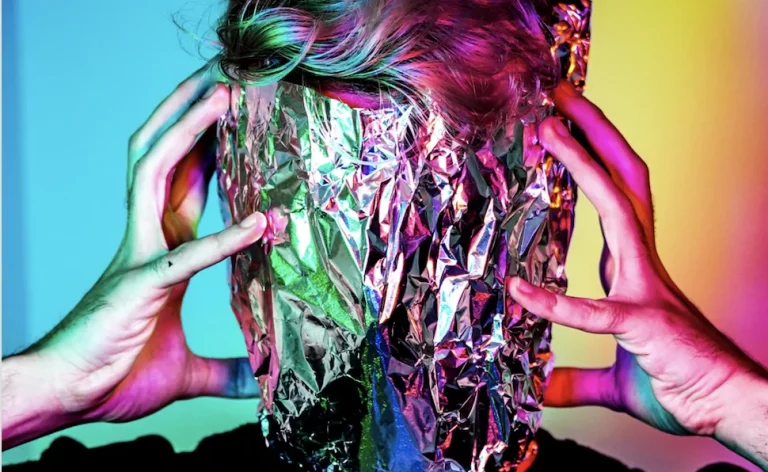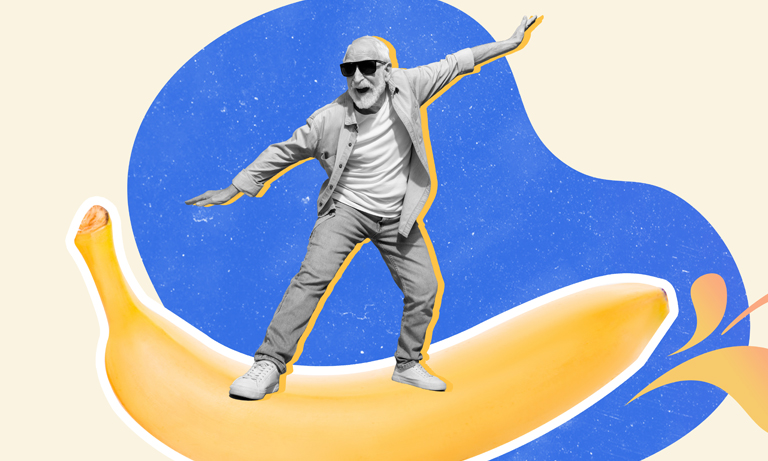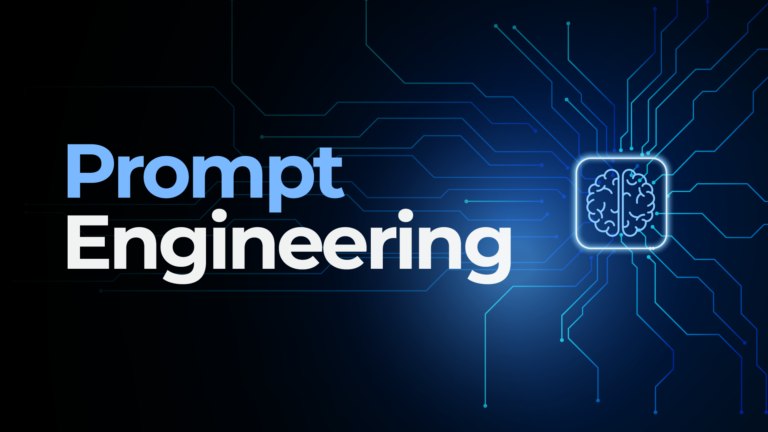It’s no surprise that 2017 pitches us marketers and designers further deeper into the digital conundrum, or as I like to call it, the digital black hole. Cuz you never know how far it goes. And just when you think you’ve got it pinned, a new wormhole opens to make you feel like Alice. But this much is true: Businesses and enterprises are all getting hitched to the digital bandwagon, and getting pitched by technologists and vendors to adopt digital across functions and processes.
The market certainly has no lack of automation tools that promise productivity and analytics subscriptions that tease data nirvana and precision marketing. And increasingly, we’re all sold. Or convince ourselves that to, keep up, we have to be sold.
We’re a quarter into 2017, and have already seen these digital trends bubble and, well, trend. And safe to say, there will be more to come. So what does this mean for the modern-day creative? At a time where digital marketing has become nearly synonymous with marketing, what does it bode for offline designers tasked with developing better online shopping experiences, or to drive traffic and higher conversion rates for websites; or for CDs who have to underpin and sell effective brand building strategies to clients who expect the 1st words rolling off their tongue to be “digital”?
Creativity used to be about imagination, made sexy by the spectre of the unknown and the mysterious…romanticised by writers, painters and rockers whose accelerators are drugs, alcohol, muses and demons. Who draws inspiration from nature, music, hallucinations, stories, experience, innocence. Whose ability to access the unknown and tap into our collective ids make them revered and admired, perhaps even feared.
Does this still ring true for the modern-day creative? Have muses been replaced by Google Analytics, and paintbrushes by pixels? Have daydreamers been supplanted by Dreamweaver? More alarmingly to our profession, can anybody with access to a well-designed machine/device/software do our jobs now? Already we’re seeing photography being co-opted by (insert name of any random person you know here), thanks to mobile cameras and photo editing apps; and that has sent the photography profession into a tizzy. And for wannabe writers, with access to tools like EMV Headline Analyser, Keyword Researcher or Grammarly, they can churn out reasonably effective copy for their blogs. So where does all this leave photographers, writers and designers who do these for a living? It’s not only machines and automation we have to deal with now, but we also have to contend with people with access to softwares and machines that are increasingly co-opting our livelihoods.
Among the industry, we have been seeing 2 camps: Those who embrace the future of how people design will find themselves more employable, and those who continue to romanticise the past and hope to find that niche of employability (or pray for another Y2K, whichever comes first) will struggle more and find their market value erode. And boy, you don’t want to be in the 2nd camp.
For those who are still in it to win it, here are 4 pieces of advice that will make you a relevant and vital creative today, and to find new joy in what you do:
1. Go multi
Digital and data underpin the engine behind omnichannel marketing or multi-channel branding, which are dominating the design practice these days. It pools together multiple data points across a customer’s purchase funnel to give you a more complete picture of who your customer is, and how you should be speaking to this customer at each point of the journey, from awareness to consideration to decision (and beyond).
This means that as a creative, you can no longer design in silos. Offline designers cannot just design for offline channels but must think about how offline complements online, and what visual information needs to be served on which platform, when and how. But don’t stop there. Instead, go one step further and co-op online designs. The more adept you are at designing across platforms (website, email, social, app, etc.), the more control you will have over your design, rather than pass it off to another designer or agency to complete your vision.
Another positive to being a multi-channel designer is that you will have a wider spectrum of platforms to communicate your campaign idea and brand message. Information can be more spread out yet more focused (cuz we all know how you hate those ridiculous briefs that require you to squeeze everything into your design…and still make the logo 30% bigger). This way, information can be more relaxed across channels, and more targeted at each stage of the customer journey.
But worried that you know nuts about digital design? Just flashback to the days when you first learned design or print production, or editing, whatever…. When all you had was curiosity and a desire to learn. It’s the same thing.
2. Embrace digital tools
Digital allows us to churn out real-time insights. And data moves quickly. You probably already know that social and search platforms like Facebook and Google algorithms and advertising units change all the time. And customers expect content on demand. But we all recognise that time is finite. There will always be deadlines and nobody likes working overtime. Good thing too, there is help in the form of softwares and digital tools, that can help us meet deadlines and colleagues for happy hour.
For creatives making the transition to digital, there are many softwares that make web and mobile design a snap. No coding needed. But for those with an appetite to pick up programming, you should definitely go for it. Knowing programming certainly opens up a whole new world of digital technical wizardry and arms you (again) with more control over your design vision and go beyond bootstrapped sites to achieve more unique solutions. But for those whose eyes instantly glaze when encountering code and go into a panic attack in the face of words like “UX” and “programmatic”, you needn’t worry. There are many very good web design softwares and prototyping tools like Adobe XD and Wix that allow you to design very beautiful and high performing sites without knowing a lick of code. Start there.
Beyond website creation, learn to adopt digital tools and softwares as part of your workflow too. These can let you work remotely (where you can network and access real-world inspiration), reduce design time by collapsing repetitive steps through automation, publish social content more quickly through dynamic templates, and so on. Digital and mobile have made these very possible. The days of the desk-bound designer creating everything from scratch have gone the way of the dinosaur. Tedium has given way to technical shortcuts and agility. But does this mean you can no longer achieve differentiated designs, since everything seems templated and “lazy”? Of course not. Which brings us to…
3. Spend more time thinking, less time designing
Yes, it sounds counter-intuitive, but designers really need to spend more time thinking and ideating, and less time designing. Even more so in this era of machine learning and creative democracy, where the true value of creativity (and what clients will pay for) lies in the ideas and the thinking. It’s how you stand out.
It becomes necessary then for you to be the conduit between reams of data (input) and creative outcomes (output). That’s where magic can still happen. Make that magic happen! Embrace data, and harness your skills to think more closely and mindfully about who you’re designing for, and the purpose and objective of each communications platform. The more successful creative workers are the ones who insert themselves into the top of the creative funnel, who drive the thinking and back up their designs with responsible research and data, and who connect the dots to better speak to the customers. And, of course, the right amount of inspiration (or for some, vodka) will certainly move things very nicely along.
4. Keep an open mind
Digital can be confusing, scary, intimidating. I love robots and sci-fi so the thought of machine learning and AI don’t scare me as much. But nos…I quake at nos. But as much as I hate nos. and learning new tools, I love my happy hours. And to protect my happy hours, it becomes necessary for me to embrace numbers and make digital my weapon and analytics my b****.
As creatives grappling with this new world order, there is a lot to learn and understand and be curious about. But the heart of this digital black hole strikes at the core of why we are creatives in the 1st place. We are excited by wonder, we have a hunger to make new stuff and charter new grounds, we hope to get others excited about the things we create, and to make them think a little bit differently about their reality. Once you overcome your fear of the unknown (or at least face it head-on) and plunge into the rabbit hole, it’s probably terrifying and exciting. And if you’re lucky, you will enjoy them both in equal measures. And it will pay off.
I hear there is a Matrix reboot afoot at Warner Bros. I love the original film, which gave me whiplash (in a good way). Those who watched it inevitably had the red pill/blue pill conversation afterwards. Personally, I’ve always found the red pill sexier. I would pop that in a heartbeat. Not only because it allows me to then do all kinds of kung fu badassery, but also because it takes me on a crazy adventure, and gives me the weapon and information needed to effect change on the world by working the system and by creating my own rules. The message spoke to my creative heart, and I’m sure, did the same to many other creatives too. Today, I can’t help but think how prescient that movie was and continues to be. I am eager to see the reboot and what the makers make of this digital conundrum.






